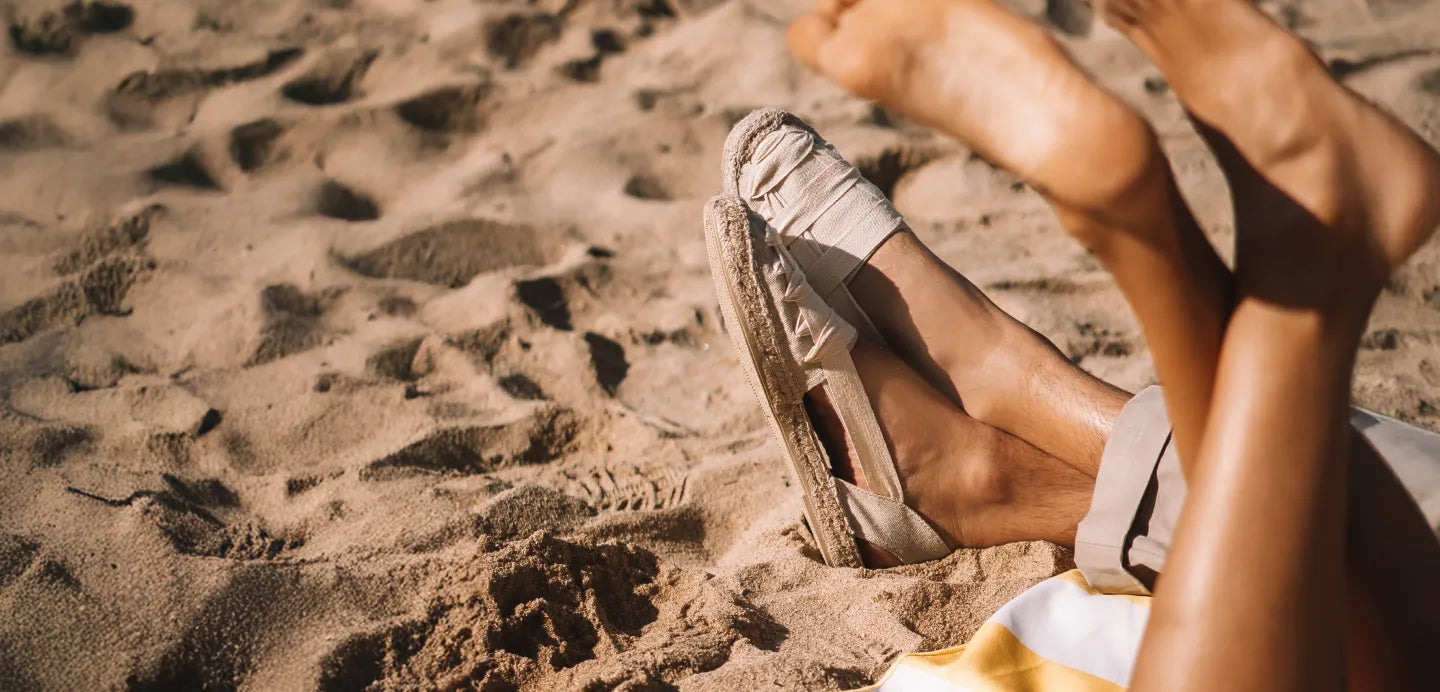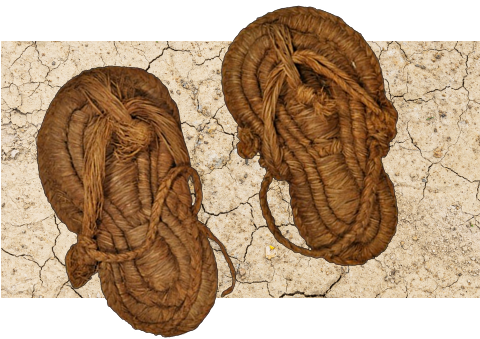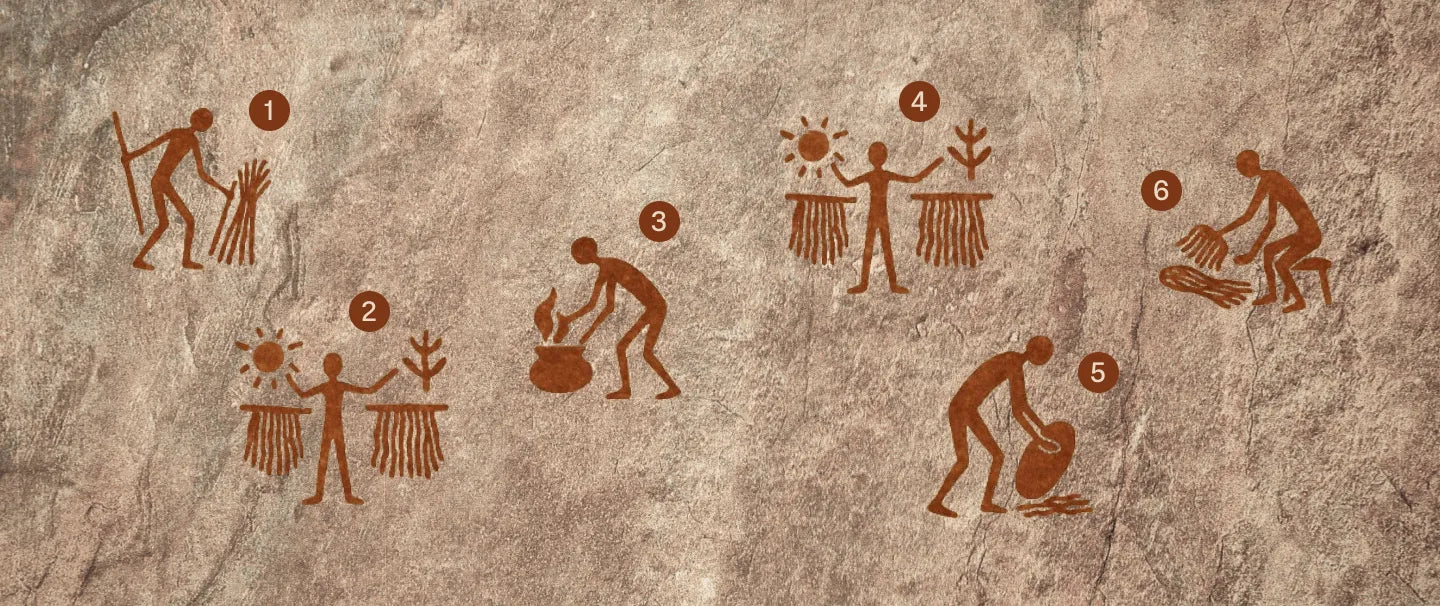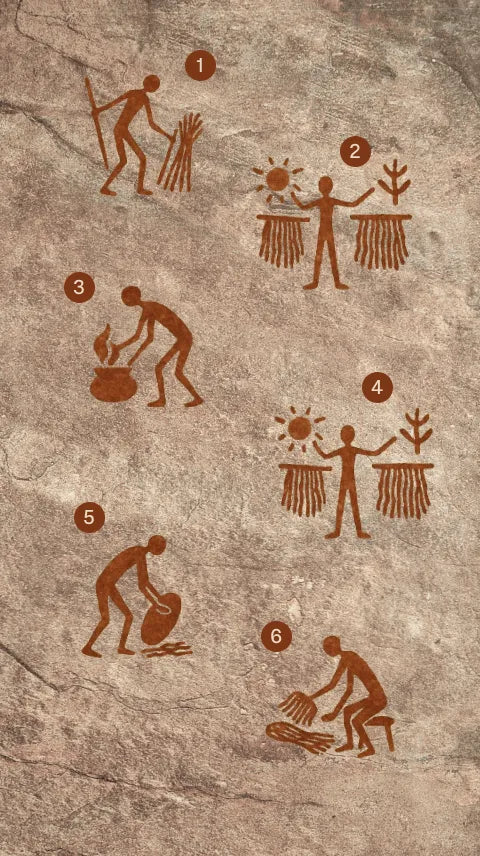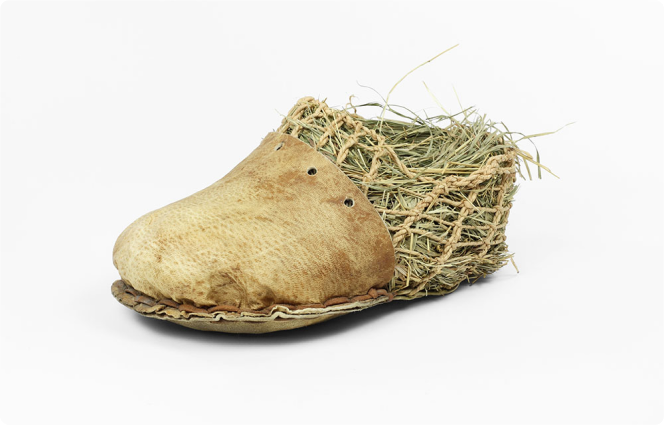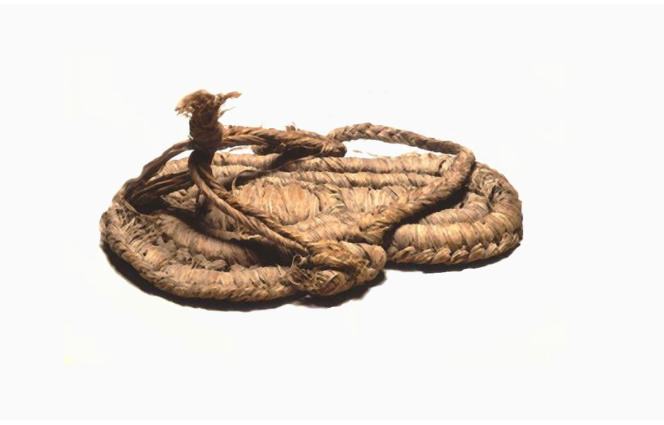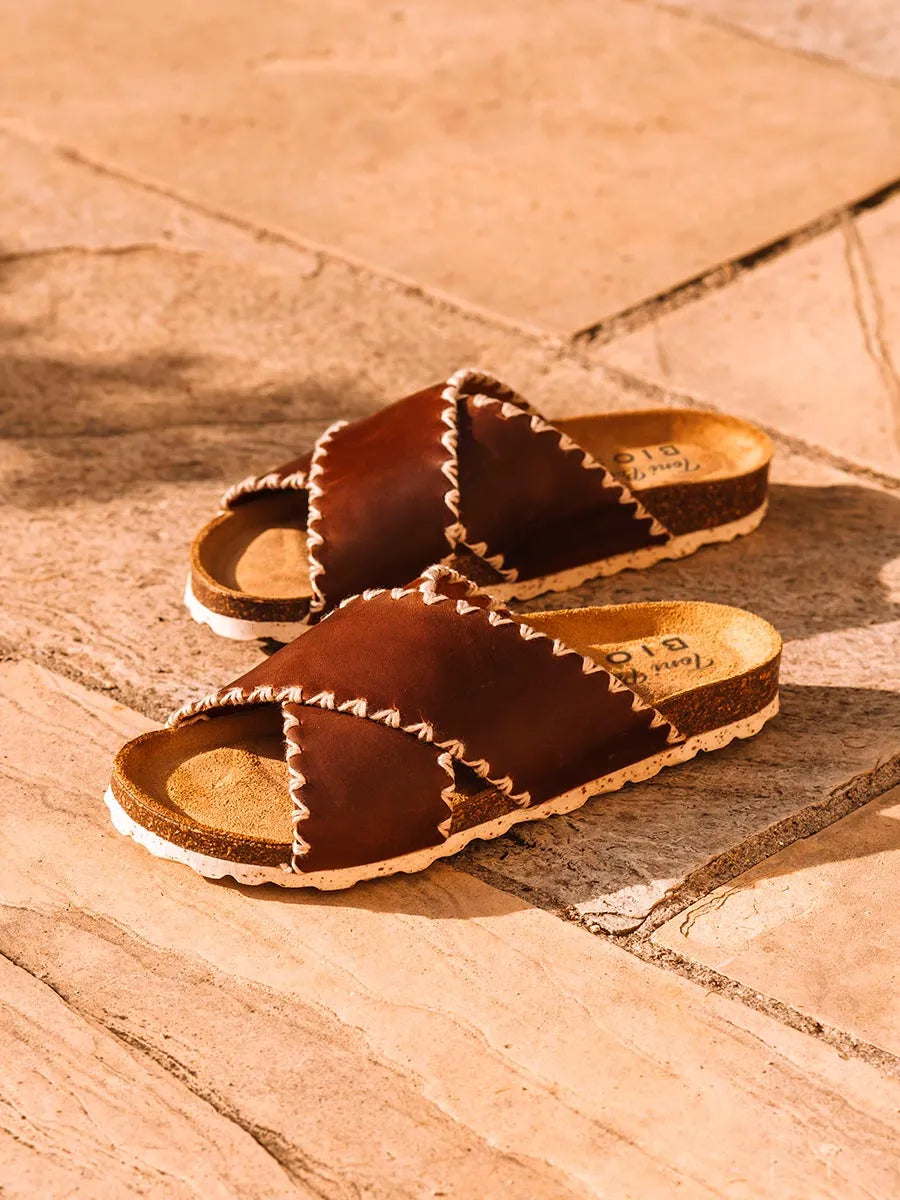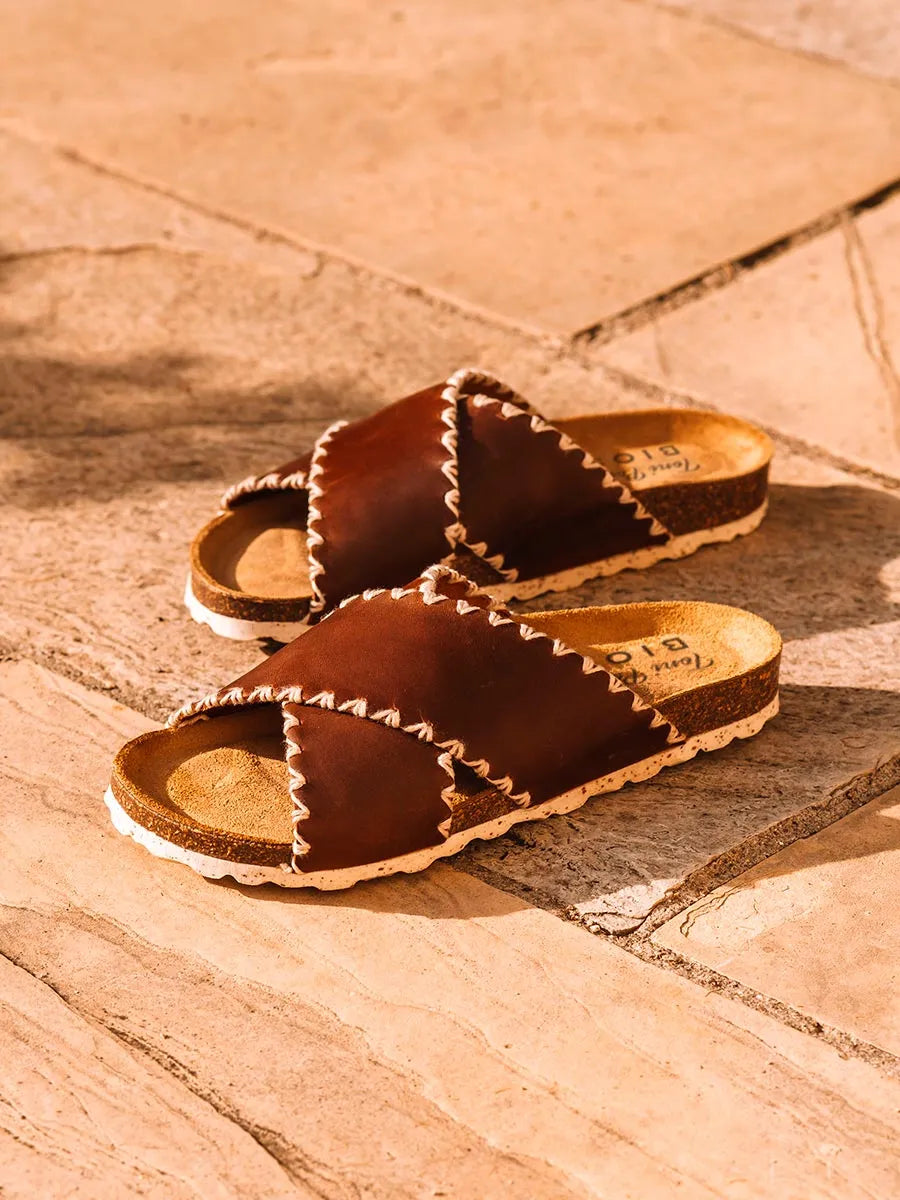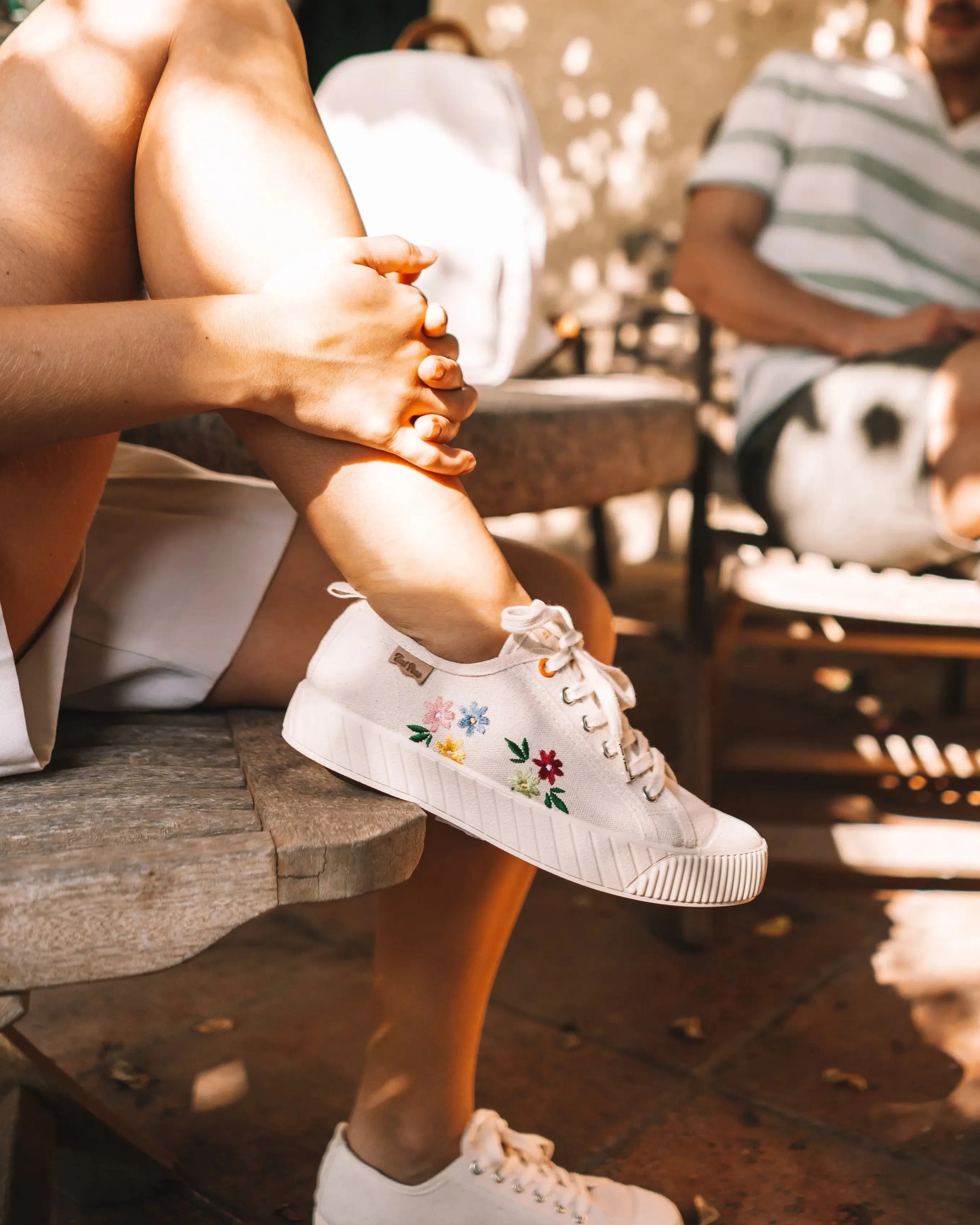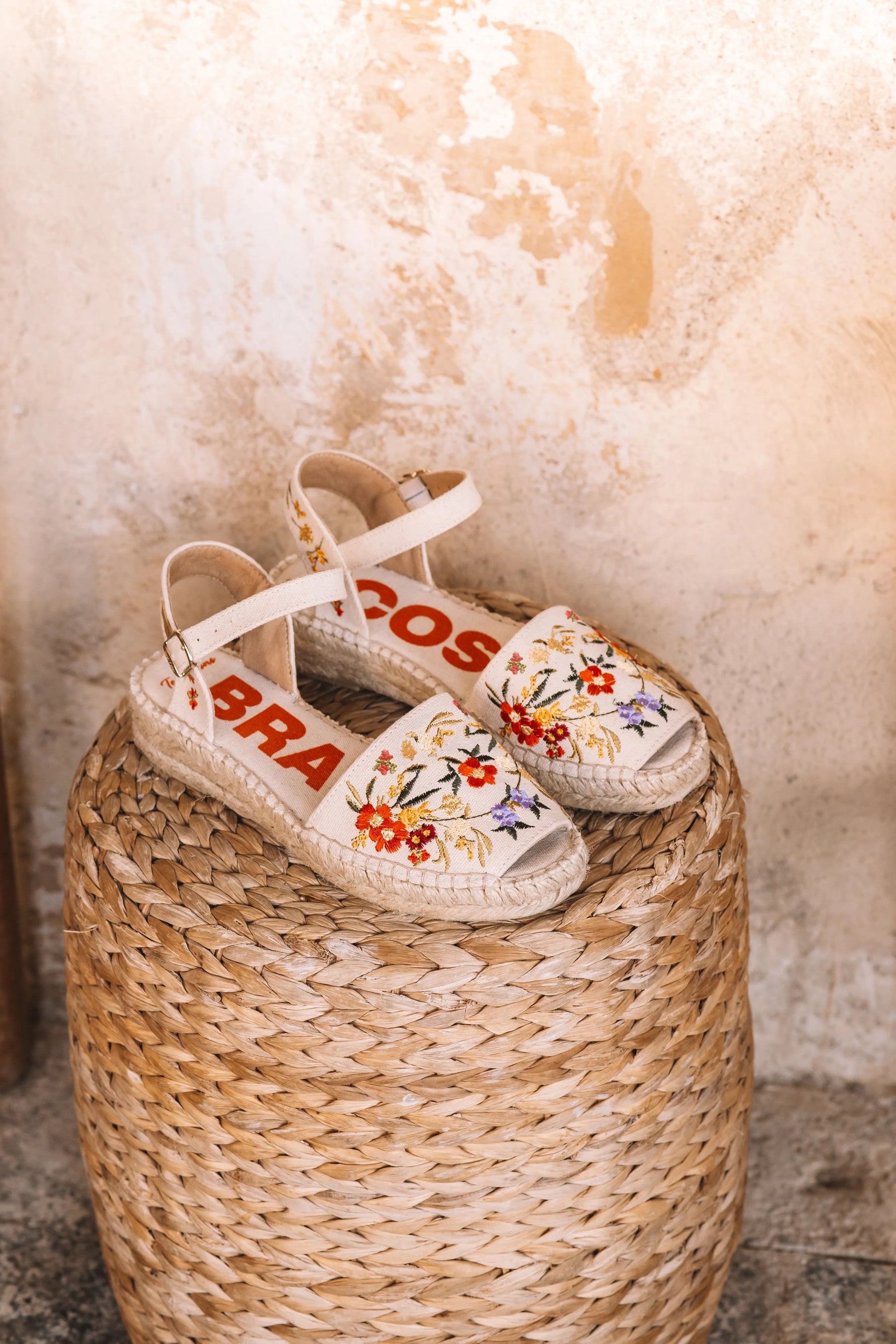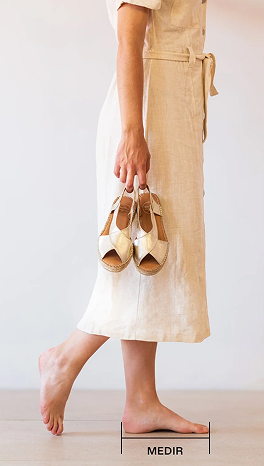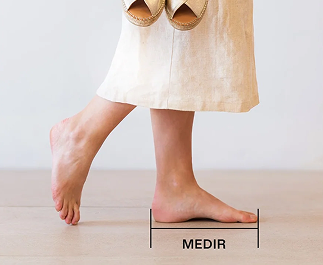The cave was used as a burial
site during the Neolithic period.
Thanks to the stable temperature
and humidity conditions, the organic
materials found at the site were
exceptionally well preserved
including the esparto grass sandals.


The history of the espadrille dates back to prehistoric times. Neolithic farmers and herders were already using braided esparto grass to make their sandals, as evidenced by the archaeological findings of the MUTERMUR project in the Cueva de los Murciélagos in Albuñol, Granada, just a few kilometres from the Mediterranean.
The image shows one of the esparto grass sandals dating back over 6,200 years. These items, considered the oldest footwear ever found in Europe, show a striking resemblance to the soles of today’s espadrilles.
The history of the espadrille dates back to prehistoric times. Neolithic farmers and herders were already using braided esparto grass to make their sandals, as evidenced by the archaeological findings of the MUTERMUR project in the Cueva de los Murciélagos in Albuñol, Granada, just a few kilometres from the Mediterranean.
The image shows one of the esparto grass sandals dating back over 6,200 years. These items, considered the oldest footwear ever found in Europe, show a striking resemblance to the soles of today’s espadrilles.
The oldest sandles in Europe: 6200 years BP
The oldest sandles in Europe: 6200 years BP
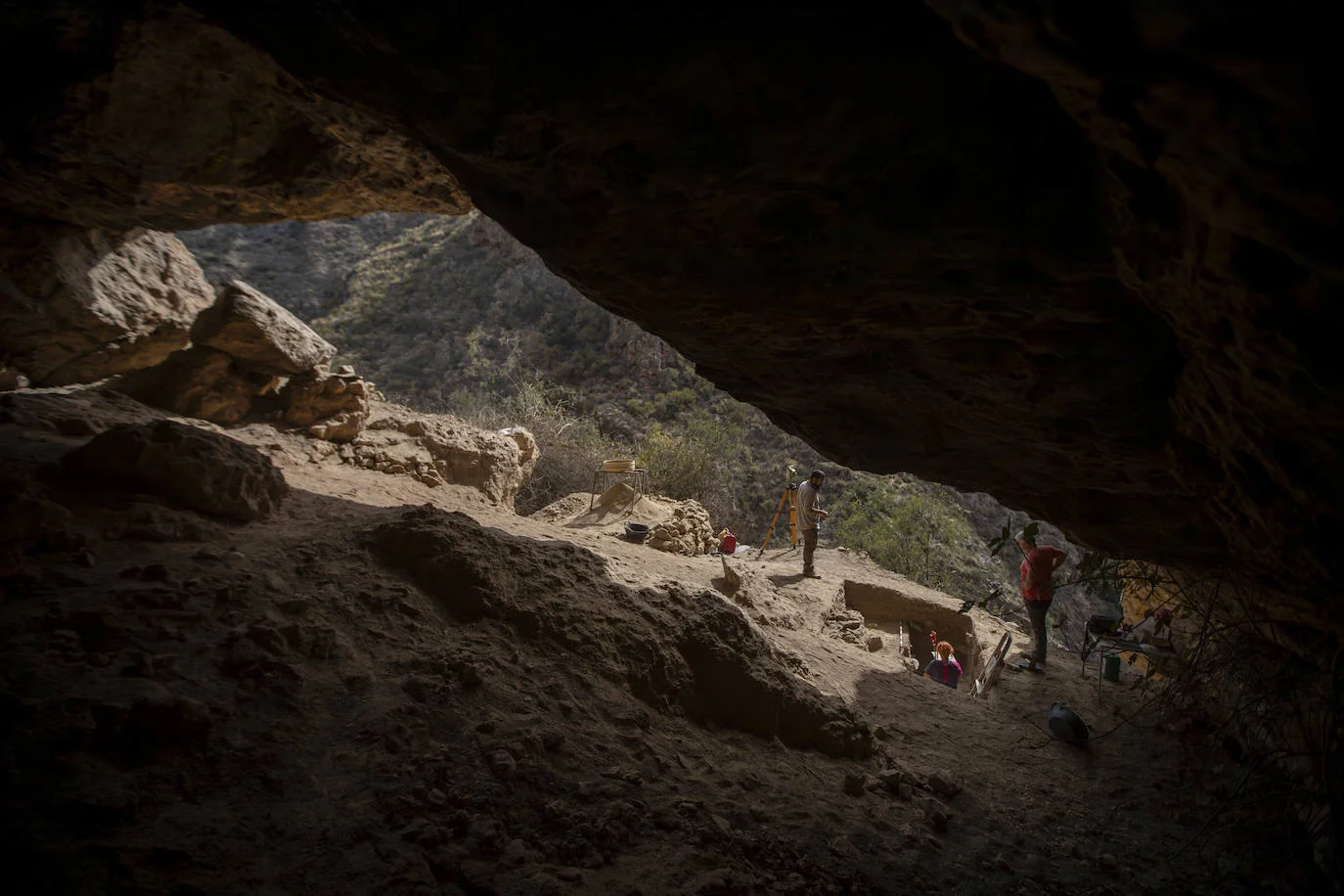
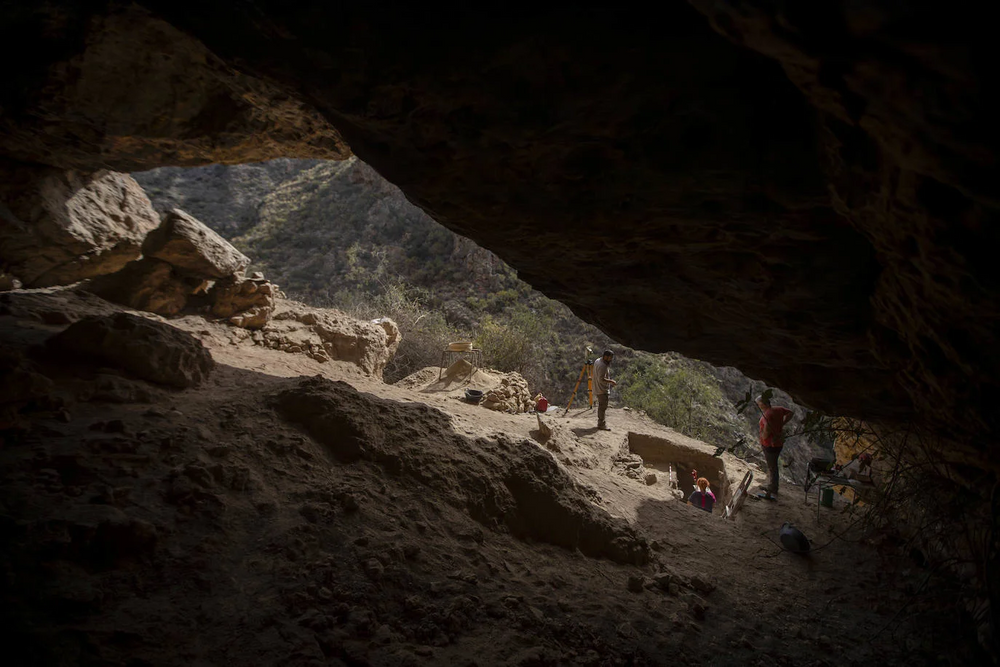
The cave was used as a burial
site during the Neolithic period.
Thanks to the stable temperature
and humidity conditions, the organic
materials found at the site were
exceptionally well preserved
including the esparto grass sandals.
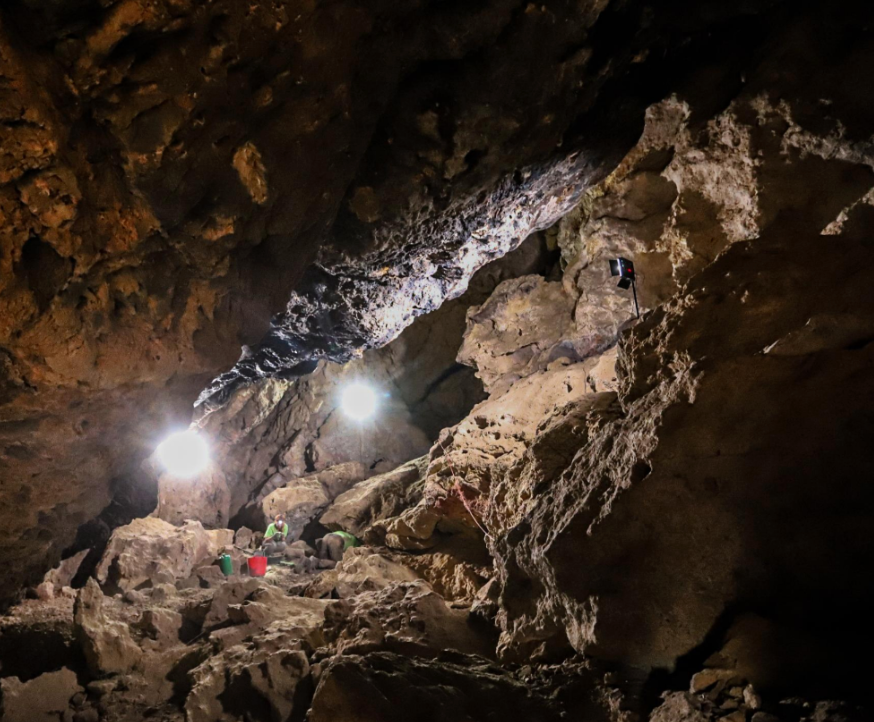
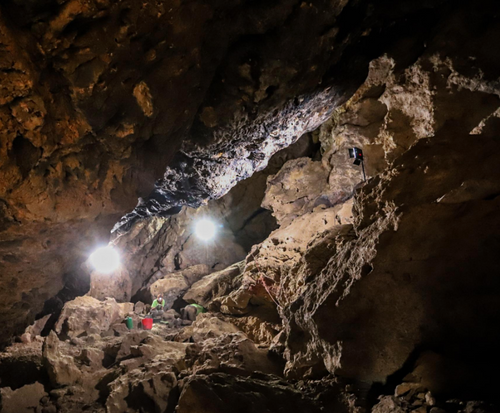
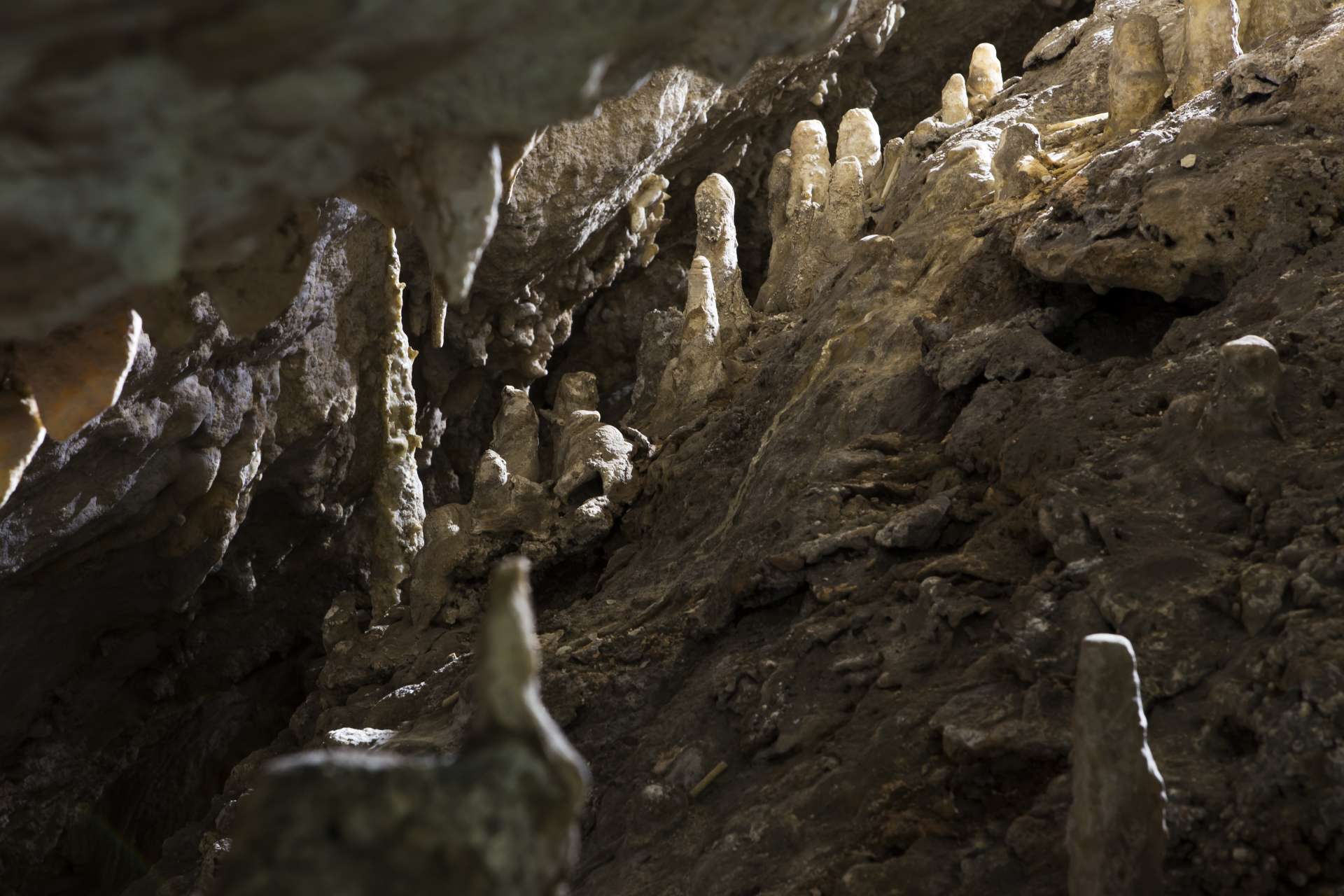

TOOLS
These prehistoric groups used rudimentary tools made of bone, stone, or wood to gather and work the esparto grass.

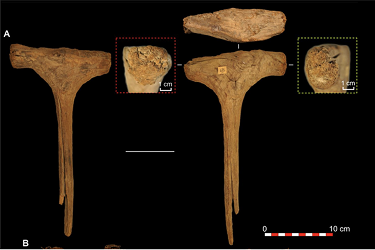
Sledgehammer found in the Cueva de los Murciélagos and has been the subject of new analysis.
The making process of the prehistoric sandles
Gathering (1), Drying it in the sun or in the shade (2), Boiling to soften the fibres (3), Dry the fiber again (4), Beat it with a stone or log (5) y Manufacture (6)
Gathering (1), Drying it in the sun or in the shade (2), Boiling to soften the fibres (3), Dry the fiber again (4), Beat it with a stone or log (5) y Manufacture (6)
Is this the oldest footwear in Europe?
Until recently, the oldest documented prehistoric footwear in Europe was that worn by Ötzi, the famous “Iceman” discovered in the Italian Alps and dated to around 5,350 years ago.
However, the discovery of the esparto grass sandals in the Cueva de los Murciélagos (Granada) has reshaped our understanding of footwear history. These pieces, preserved thanks to the cave’s unique conditions, are over 6,200 years old—almost 1,000 years older than Ötzi’s.
For this reason, we can now affirm that these sandals are the oldest known footwear in Europe.
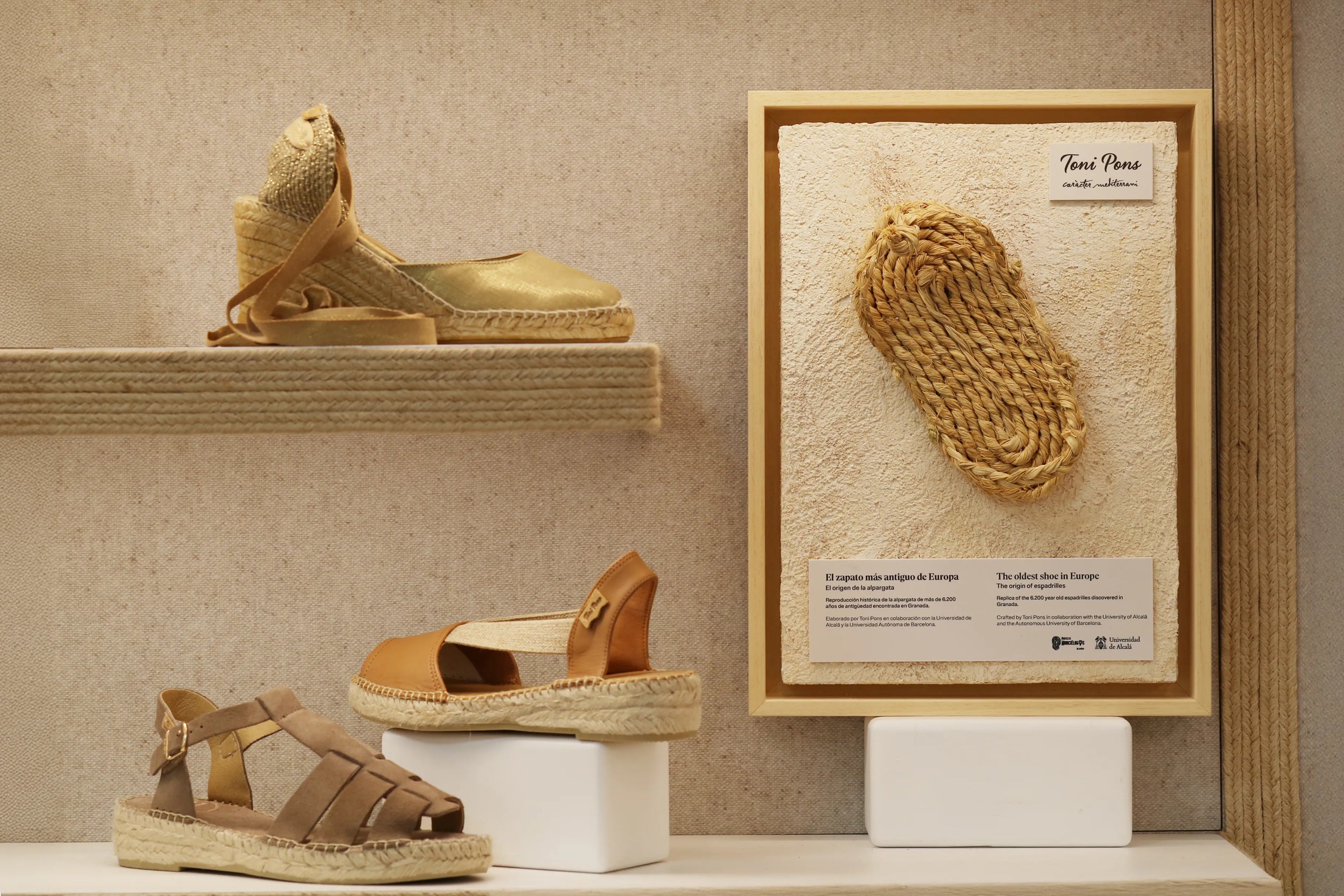
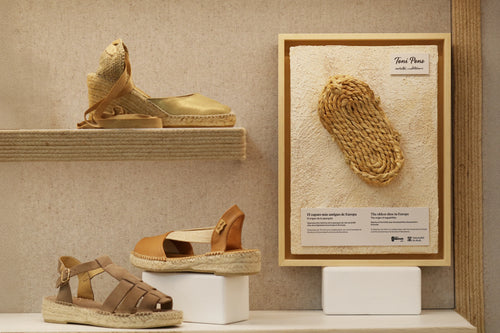
Toni Pons collaborates with the University of Alcalá, and the Autonomous University of Barcelona on the research project “The Origin of the Espadrille.
As part of this collaboration, Toni Pons has created historical reproductions certified by researchers, which are already on display in our stores.
Toni Pons collaborates with the University of Alcalá, and the Autonomous University of Barcelona on the research project “The Origin of the Espadrille.
As part of this collaboration, Toni Pons has created historical reproductions certified by researchers, which are already on display in our stores.
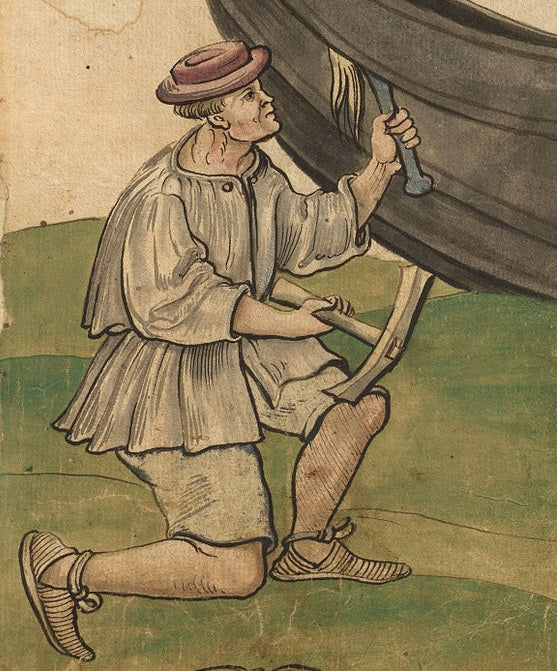
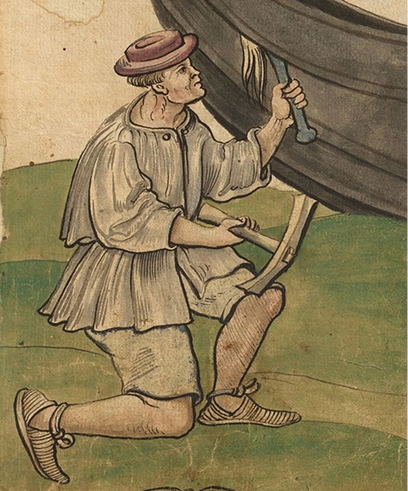
Despite the thousands of years that separate these sandals from today’s footwear, these braided natural fibre sandals have endured. Over the centuries, techniques evolved and adapted to new materials, until the espadrille became a functional and popular shoe across different historical periods.
It was during the Middle Ages that the term “alpargata” began to take shape. The name comes from the Hispano-Arabic alparḡát, probably of pre-Roman origin, meaning “object made with twigs”—a direct reference to its artisanal construction.
By the 14th century, espadrilles had become the everyday footwear of farmers and peasants in many regions of Spain. Their durable, breathable, and comfortable soles made them ideal for daily work.
In the 15th century, the espadrille began to be refined, gaining popularity even among high society as a lightweight alternative to heavy leather shoes. From there, its use gradually spread to much of America.
Despite the thousands of years that separate these sandals from today’s footwear, these braided natural fibre sandals have endured. Over the centuries, techniques evolved and adapted to new materials, until the espadrille became a functional and popular shoe across different historical periods.
It was during the Middle Ages that the term “alpargata” began to take shape. The name comes from the Hispano-Arabic alparḡát, probably of pre-Roman origin, meaning “object made with twigs”—a direct reference to its artisanal construction.


By the 14th century, espadrilles had become the everyday footwear of farmers and peasants in many regions of Spain. Their durable, breathable, and comfortable soles made them ideal for daily work
In the 15th century, the espadrille began to be refined, gaining popularity even among high society as a lightweight alternative to heavy leather shoes. From there, its use gradually spread to much of America.
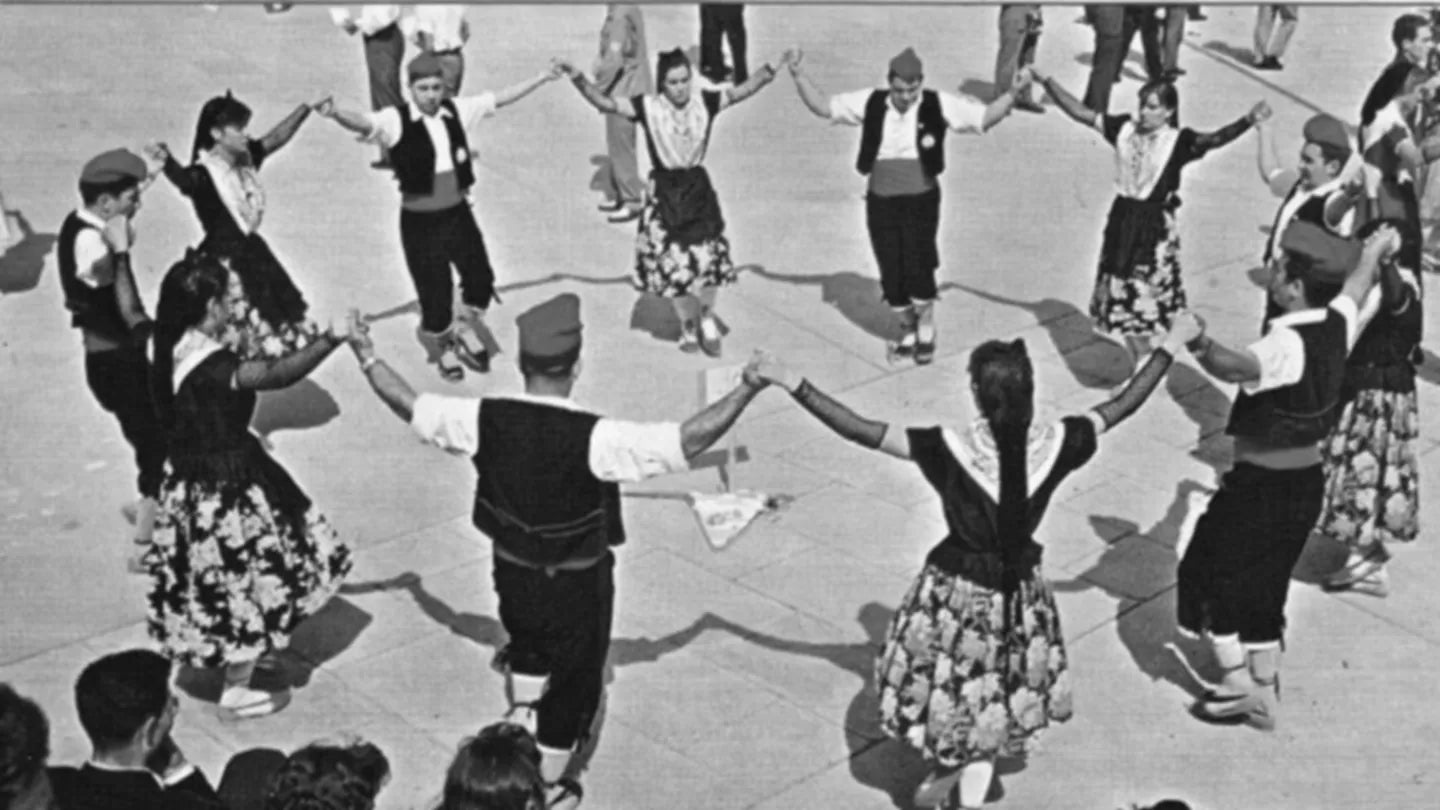
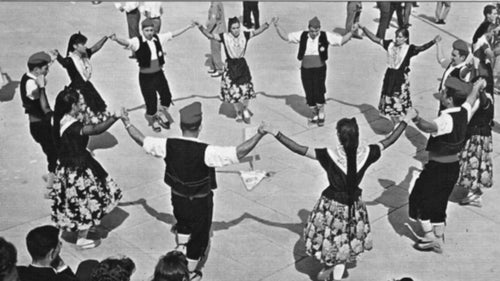
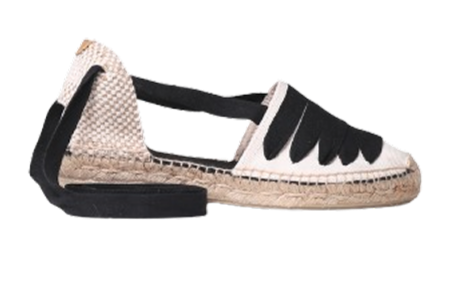
In 1322, one of the earliest written records appears that mentions the word “espardenya”, the Catalan name for the espadrille. In Catalonia, this footwear has gone beyond its practical function to become a symbol of cultural identity, worn in traditional dances and festivities such as the sardana. This same cultural significance can also be seen in Aragón, Pamplona, the Basque Country, and other regions of Spain.
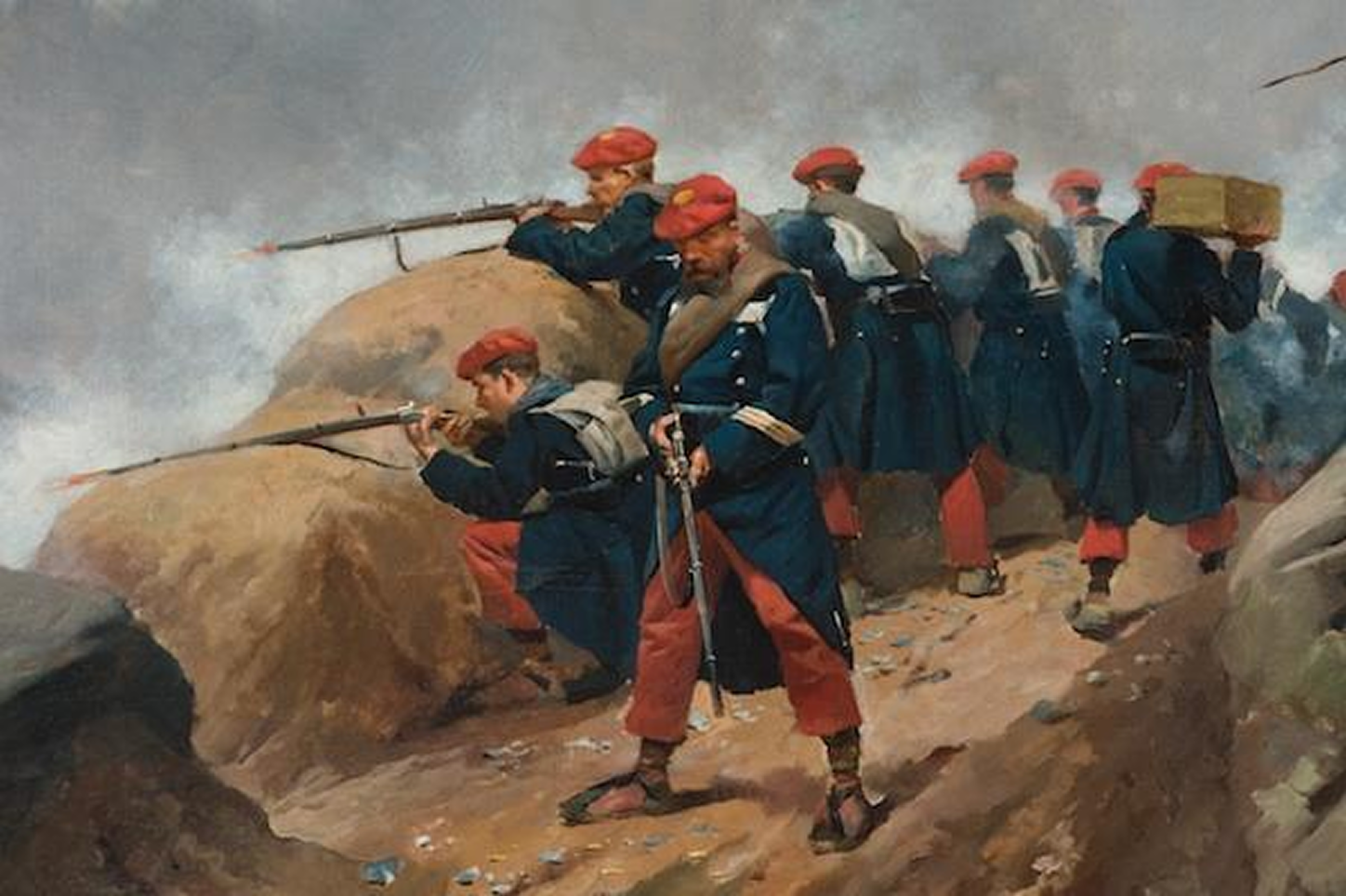
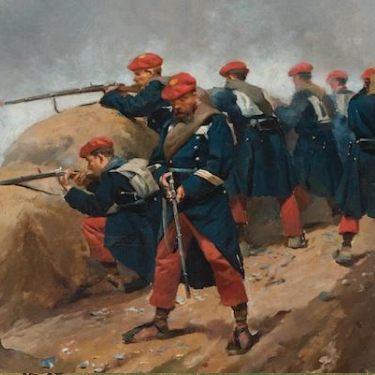
In the 18th and 19th centuries, Spanish soldiers frequently wore espadrilles because they were inexpensive and easy to produce locally. During conflicts such as the Spanish War of Independence (1808–1814) and the Carlist Wars (19th century), they were commonly worn.
In the 18th and 19th centuries, Spanish soldiers frequently wore espadrilles because they were inexpensive and easy to produce locally. During conflicts such as the Spanish War of Independence (1808–1814) and the Carlist Wars (19th century), they were commonly worn.
A symbol of culture and style
In the 20th century, espadrilles were adopted by painters, writers, and intellectuals, becoming a symbol of bohemian and artistic culture. Figures such as Salvador Dalí, Pablo Picasso, Federico García Lorca, and even Hollywood stars like Marilyn Monroe, helped popularize this traditional footwear and brought it to new stages.
Marisol y Antonio Gades, Penelope Cruz, Dalí, Rita Hayworth y Audrey Hepburn (from left to right). Images from Vogue, Getty Images and Everett archives.
Marisol y Antonio Gades, Penelope Cruz, Dalí, Rita Hayworth y Audrey Hepburn (from left to right). Images from Vogue, Getty Images and Everett archives.
Toni Pons – Over 75 Years of Crafting Artisanal Footwear
Toni Pons is a family-owned business founded in 1946, specializing in the handcrafted production of espadrilles. Over the generations, we have refined this traditional footwear, blending comfort, design, and authenticity.
We’ve introduced new shapes, fabrics, and styles to turn the espadrille into a fashion accessory, an expression of identity, and a comfortable option for everyday life.
Thanks to this constant evolution, today Toni Pons is present in over 90 countries, positioning itself as one of the world’s leading producers of artisanal espadrilles.
In recent decades, our espadrilles have walked the world’s most prestigious runways and have made their way into shop windows, fashion editorials, and wardrobes as a global trend with deep roots.
In recent decades, our espadrilles have walked the world’s most prestigious runways and have made their way into shop windows, fashion editorials, and wardrobes as a global trend with deep roots
At Toni Pons, we continue to manufacture our iconic espadrilles in Spain, paying homage to more than 6,000 years of history and the authenticity of footwear that has transcended time.
